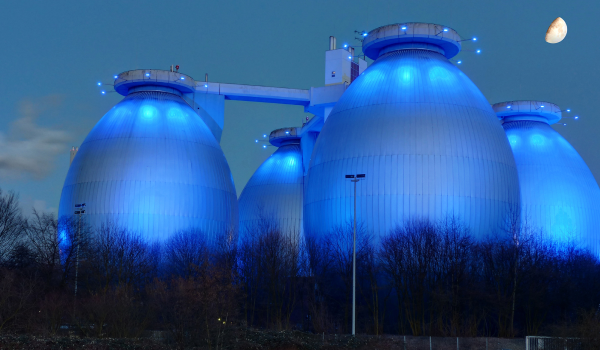What Is The Difference Between An Ozonator And Reverse Osmosis Water Treatment Plants?
More of our limited supply of pure water is becoming contaminated as the world's population rises, and many people are compelled to consume it. Water treatment is the answer to these problems. Reverse osmosis and Ozonation are two water purification methods that, fortunately, rely on healthy, life-sustaining water.
Is reverse osmosis the
same as ozonation, though?
The distinctions between these two purifying techniques confound many people.
Let’s understand the
difference between an Ozonator and reverse osmosis!
Reverse Osmosis
What do you do when you
want to know if the water you're drinking is safe? Aren't you searching for a
dependable response? If there are no floating particles or coloring, many
people could think it is pure. Reverse osmosis is used for all of this.
As you might have
guessed, it's osmosis done the other way around. It moves a solvent from a
region of high solute concentration to a region of low solute concentration by
applying pressure to a semipermeable membrane and carbon filters. You'll have
one side with only salt (solute) and the other with only pure water after this
phase is finished (solvent). Water that has dissolved salts, organics,
bacteria, pyrogens, and other volatile compounds is separated from it using
this method.
What is Ozonation?
A chemical watertreatment process called ozonation involves adding ozone, a potent oxidant, to
the water. Ozone is produced utilizing energy by subjecting oxygen (O2) to high
electric voltage or UV radiation. Depending on the dosage, this sophisticated
oxidation process generates extremely reactive oxygen species that can target a
variety of chemical compounds and bacteria.
Furthermore, metallic
ions like Fe(II), Mn(II), and As(III) can be oxidized by ozone, creating
insoluble solid oxides that are simple to remove from water by filtration or
sedimentation. The approach, however, doesn't add any chemicals to the water.
Differences Between RO & Ozonation
Purification
In order to control the
mineral and chemical content, reverse osmosis reduces total dissolved solids.
Ozonation is a method for
purging water of viruses and germs.
Equipment Cost
Reverse osmosis (RO) has
been found to be the most dependable and economical method when compared to
ozonation.
Health Effects
The RO filtration process
produces water with a low PH value. Long-term drinking may raise the risk of
gastrointestinal issues and kidney damage.
Ozonated water promotes
antioxidants and has antibacterial qualities. If used carefully, it could
reduce the incidence of bladder cancer, prevent tooth decay, and boost the
effectiveness of cancer treatments.
Content
RO water, which is
lacking in minerals, removes minerals from the body when consumed. This implies
that the vitamins and minerals consumed during meals are lost through
urination.
Ozone is not frequently
used for iron removal because it cannot remove manganese or iron from water,
but it can aid in the procedure.
Despite their
differences, reverse osmosis and Ozonation can be utilized as a part of a
comprehensive filtration system.
Here are some of the
things RO & Ozonation have in common:
Reverse osmosis and
ozonation both require sophisticated equipment, a lot of energy, and skilled
operators.
There is no evidence of
any residual influence in the distribution system.
There is no trace of
color, flavor, or odor.
Constant electricity must be provided.
How can we assist?
Water softeners,
wastewater treatment plants, sewage treatment plants, water treatment plants,
including ozone water treatment plants, RO Plants, as well as effluent
treatment plants for different industries are just a few of the sophisticated
solutions offered by Netsol Water Solutions.
Additionally, we provide
our clients with information on how to prevent water pollution by using a
long-term strategy and cutting-edge wastewater treatment techniques.
Call us at +91 9650608473
or email at enquiry@netsolwater.com for further
information.

Comments
Post a Comment